Understanding shingle size is key to any successful roofing project. Shingle size impacts coverage, cost, and installation time. In this guide, we’ll explore standard asphalt shingle dimensions, such as 3-tab and architectural shingles, to help you choose the right size for your roof.
Key Takeaways
-
Standard asphalt shingles typically measure 12 by 36 inches, while architectural shingles are around 14 by 39 inches, impacting coverage and installation efficiency.
-
Three-tab shingles are economical and easy to install, while laminated architectural shingles offer enhanced durability, aesthetic appeal, and longer warranties.
-
The choice of shingle size is influenced by factors such as roof pitch, climate conditions, and local building regulations, which affect performance and installation methods.
Understanding Shingle Size: A Comprehensive Guide to Asphalt Shingles
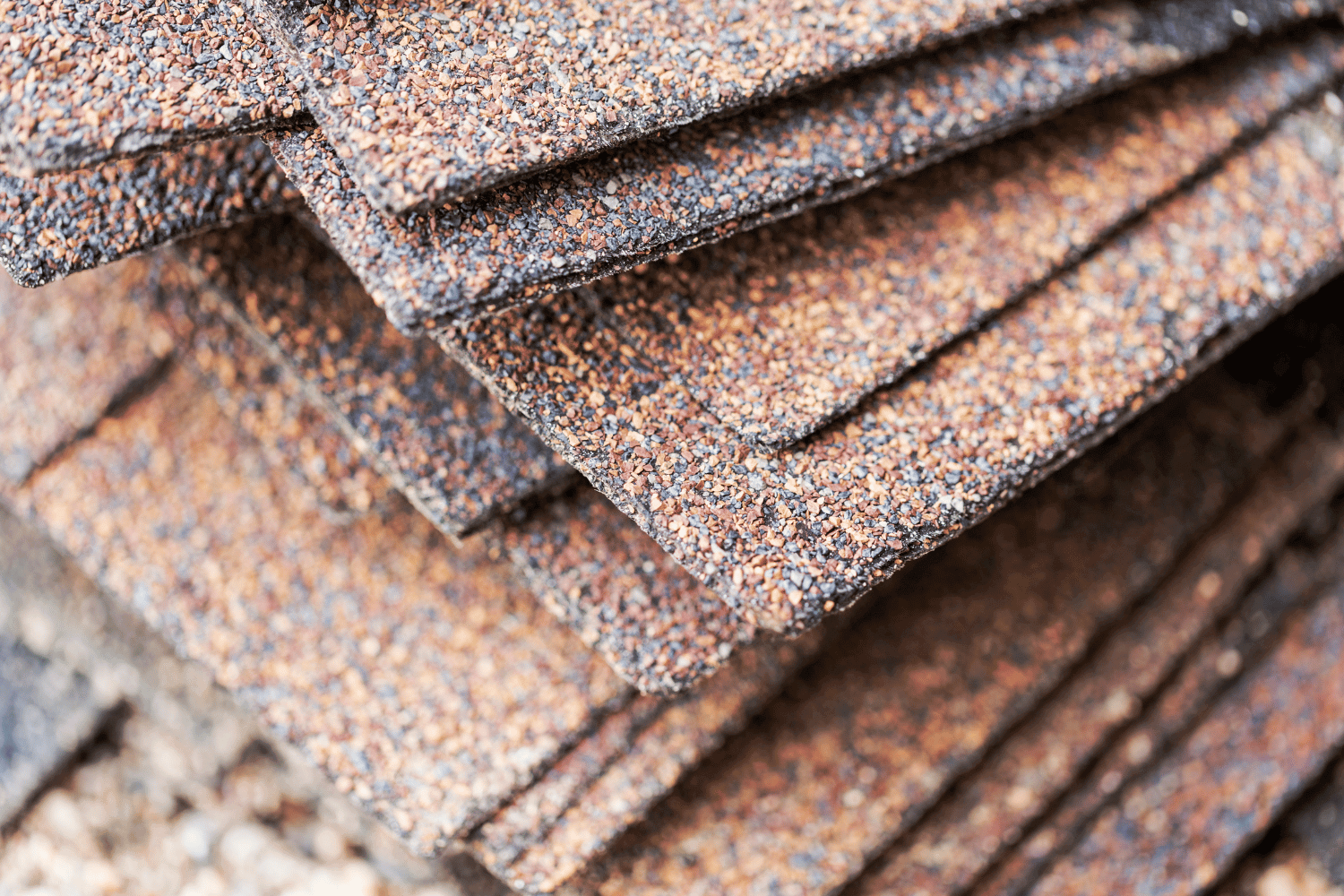
The world of asphalt shingles is vast, with various asphalt shingle sizes and types catering to different needs and preferences. Standard asphalt shingle dimensions are typically 36 inches in width and 12 inches in length. These dimensions are crucial for planning a roofing project, ensuring that each shingle fits perfectly to provide maximum coverage and protection.
Three-tab asphalt shingles, measuring 12 by 36 inches, are a common choice due to their uniform shape and ease of installation. These shingles consist of three identical 12-inch tabs, making them lightweight and flat.
On the other hand, architectural shingles, often measuring around 14 by 39 inches, offer a more dimensional appearance and are constructed from a heavier base mat with multiple layers. Understanding these dimensions helps in selecting the right type of shingle for your specific needs.
Whether you opt for the traditional 3-tab or the more robust architectural shingles, knowing their sizes and characteristics is the first step towards a successful roofing project. The journey to a durable and aesthetically pleasing roof begins with the right choice of shingles.
Introduction
Asphalt shingles have become a household name in roofing materials, celebrated for their affordability and adaptability. But what makes these shingles truly stand out? It’s their combination of durability, variety, and the peace of mind they offer through comprehensive warranties. These warranties typically cover defects such as cupping, curling, granule loss, and thermal splitting, ensuring that homeowners are protected from common issues.
However, it’s crucial to remember that improper installation or severe weather events like earthquakes and hurricanes can void these warranties. Therefore, it’s vital to choose a reputable manufacturer. Companies like GAF, CertainTeed, and Owens Corning are known for their quality asphalt shingles that meet rigorous standards. Choosing products from these reputable manufacturers guarantees a roofing solution that will endure over time.
This guide explores key aspects of asphalt shingles, including their standard dimensions and the various types available. It also delves into the significance of shingle size, compares single-layer and multi-layer shingles, and examines factors influencing shingle size choice. By the conclusion, you’ll possess a thorough understanding of asphalt shingles, enabling informed decisions for your roofing needs.
Standard Asphalt Shingle Dimensions
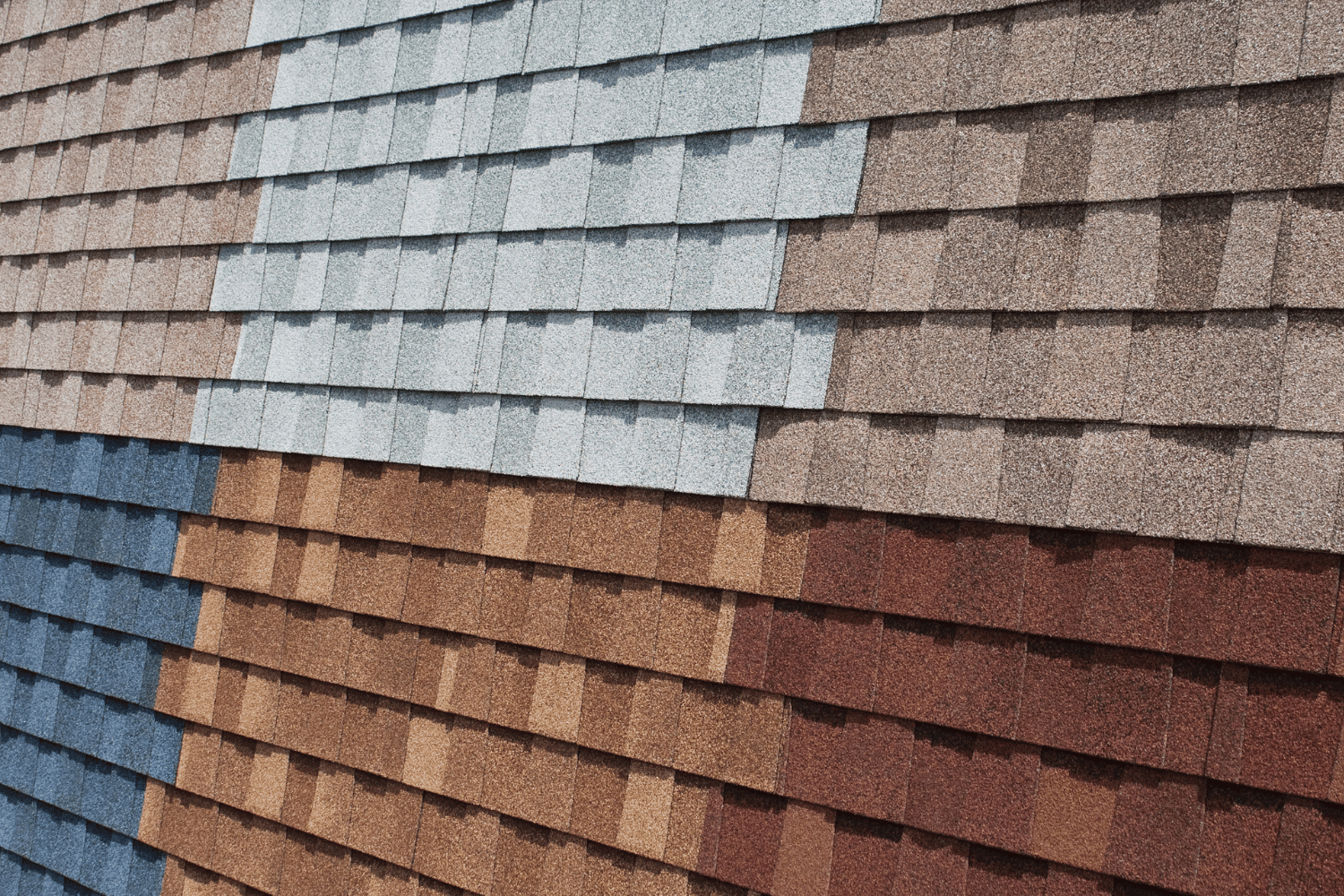
Standard asphalt shingle dimensions are a cornerstone of effective roofing. Typically, these shingles measure 12 by 36 inches, a size that ensures they can be easily handled and installed. This standard size is not arbitrary; it has been optimized over years of practical use to balance coverage, weight, and ease of installation. The thickness of these shingles is approximately 0.19 inches, providing a sturdy yet flexible material that can withstand various weather conditions. To ensure proper installation, it is essential to check iko shingle dimensions.
Architectural shingles, which are gaining popularity, usually measure around 14 by 39 inches. These shingles differ from the standard three-tab shingles not only in size but also in their layered construction, which adds depth and visual interest to the roof. The increased size and thickness of architectural shingles contribute to their enhanced durability and aesthetic appeal.
Knowledge of these standard dimensions is important for planning a roofing project, allowing for precise material calculations and ensuring the correct quantity of shingles is purchased. Furthermore, understanding these dimensions aids in comparing different types of shingles and choosing the one that best suits your needs.
Types of Asphalt Shingles
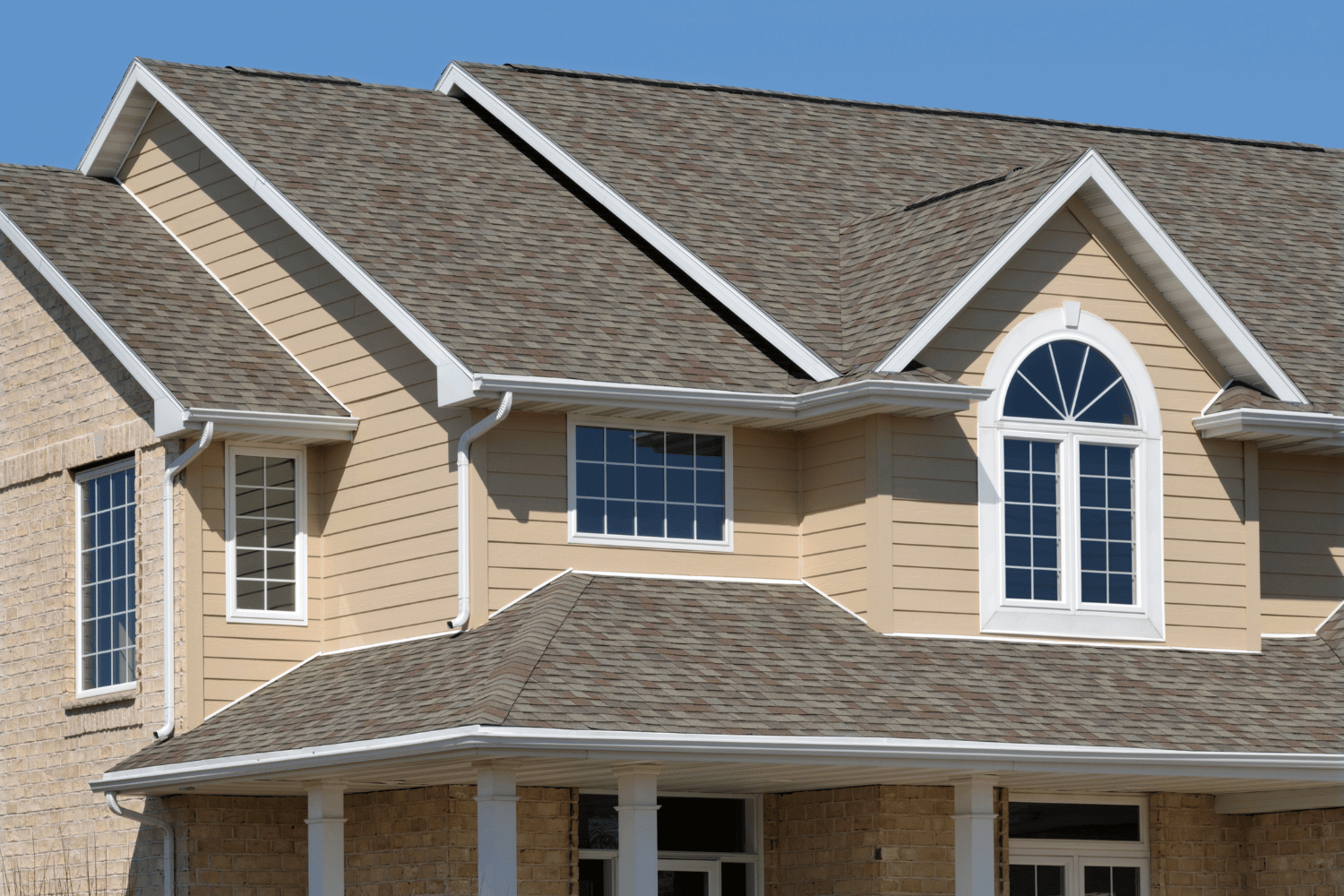
The versatility of asphalt shingles lies in the variety of types available, each catering to different aesthetic and functional requirements. The most common types are 3-tab shingles and laminated architectural shingles. Three-tab shingles are flat, with a uniform shape that makes them easy to install and economical. These asphalt roofing shingles are a popular choice for homeowners seeking a cost-effective asphalt roofing solution without compromising on quality.
Before:
On the other hand, laminated architectural shingles offer a more dimensional look, thanks to their multiple tabs with varying shapes. Constructed from a heavier base mat and multiple layers, these shingles are more robust and can withstand harsher weather conditions, including stronger winds. Their construction not only enhances durability but also provides a longer warranty, typically ranging from 30 to 50 years, compared to the shorter warranties of 3-tab shingles.
After:
Laminated architectural shingles offer a more dimensional look, thanks to:
-
Their multiple tabs with varying shapes
-
A heavier base mat and multiple layers, making them more robust
-
The ability to withstand harsher weather conditions, including stronger winds
Their construction not only enhances durability but also provides a longer warranty, typically ranging from 30 to 50 years, compared to the shorter warranties of 3-tab shingles.
Furthermore, laminated architectural shingles can mimic the appearance of premium materials like slate and cedar, adding significant aesthetic value to any home. This makes them a preferred choice for homeowners looking to boost their property’s curb appeal and resale value. Recognizing the characteristics of these types aids in making a decision that aligns with both budget and aesthetic preferences.
Importance of Shingle Size
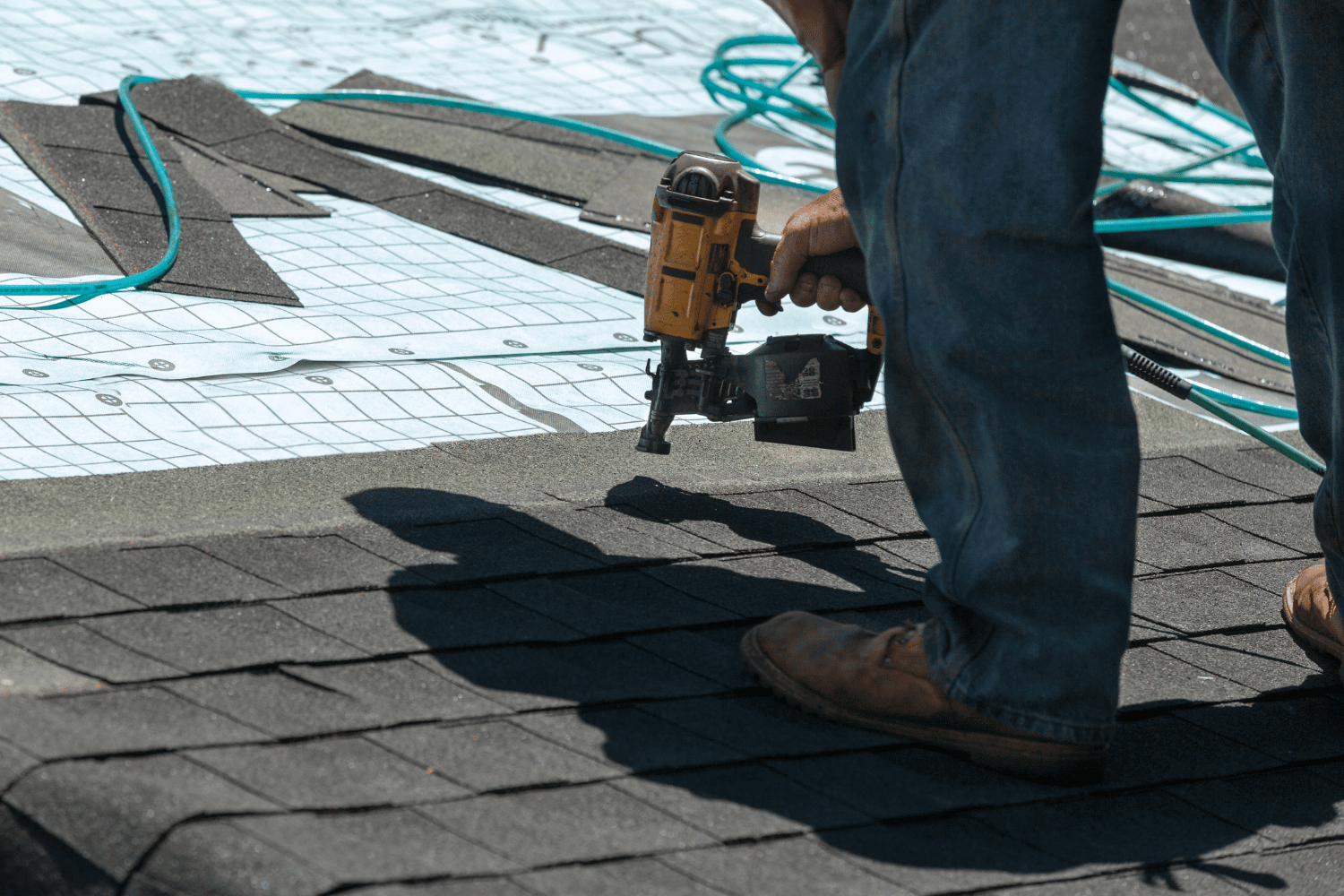
Shingle size plays a pivotal role in the overall efficiency and cost-effectiveness of a roofing project. A standard bundle of asphalt shingles typically covers about 33.3 square feet, and three bundles are required to cover a roofing square, which is 100 square feet. The size of the shingles directly affects the amount of roofing material needed, which in turn influences the project cost.
Larger shingles can cover more surface area, leading to faster installation times compared to smaller shingles. This efficiency reduces labor costs and minimizes waste, making the project more economical. Choosing the appropriate shingle size maximizes roofing efficiency and ensures a smooth, cost-effective installation process.
Additionally, multi-layer shingles, due to their construction, tend to have a longer lifespan compared to single-layer shingles, offering better value over time. This durability means fewer replacements and repairs, further reducing long-term costs. Recognizing the importance of shingle size enables homeowners to make decisions that balance upfront costs with long-term benefits.
Comparing Shingle Layers
When it comes to roofing, the choice between single-layer and multi-layer shingles can significantly impact both performance and aesthetics. Single-layer shingles, commonly known as 3-tab shingles, are generally thinner and provide a uniform, flat appearance. These shingles are economical and easy to install, making them a popular choice for budget-conscious homeowners.
In contrast, multi-layer shingles, such as laminated architectural shingles, offer enhanced visual appeal due to their thicker profile and varied textures. These shingles are constructed with multiple layers, providing a more dimensional and attractive look. The dimensions of multi-layer shingles can vary, offering a broader range of design options and textures compared to single-layer shingles.
Choosing between these options depends on various factors, including the desired aesthetic, budget, and performance requirements. While single-layer shingles may be sufficient for some, the added durability and visual appeal of multi-layer shingles can justify the higher cost for many homeowners.
Factors Influencing Shingle Size Choice
Selecting the right shingle size is not just about aesthetics and cost; various factors can influence this decision. One crucial factor is the roof pitch. A steeper slope enhances drainage and minimizes snow accumulation, which can significantly affect the effectiveness of different shingle sizes. For example, larger shingles might be more suitable for roofs with a steep pitch, providing better coverage and protection.
Local climate conditions also play a vital role in determining the appropriate shingle size. Areas with heavy snowfall or rainfall may benefit from larger, more robust shingles that can withstand harsh weather conditions. Additionally, the condition of the roof deck can influence the selection of shingle size, as certain materials may require a specific slope for proper installation.
Local building regulations and architectural styles can also impose specific requirements for shingle sizes. It’s essential to check these regulations to ensure compliance and optimal performance. By considering these factors, homeowners can choose the right shingle size that meets both functional and aesthetic needs.
Installation Considerations
Before:
Proper installation is critical for the longevity and performance of asphalt shingles. One important consideration is whether there are already multiple layers of shingles on the roof. If there are two or more layers, the old shingles should be removed before applying new ones to avoid excessive weight and ensure a secure installation. However, if the roof deck is in good condition, new asphalt shingles can be applied directly over old shingles.
After:
Proper installation is critical for the longevity and performance of asphalt shingles. Here are some important considerations:
-
Check for multiple layers of shingles on the roof.
-
If there are two or more layers, remove the old shingles before applying new ones to avoid excessive weight and ensure a secure installation.
-
If the roof deck is in good condition, new asphalt shingles can be applied directly over old shingles.
Another key factor is the experience and skill of the installers. Larger shingles can facilitate faster installation, allowing installers to cover more surface area in less time. This efficiency can reduce labor costs and minimize disruption to the household.
Correct installation, whether by removing old shingles or adding new ones, is vital for a durable, long-lasting roof.
Cost Implications of Different Shingle Sizes
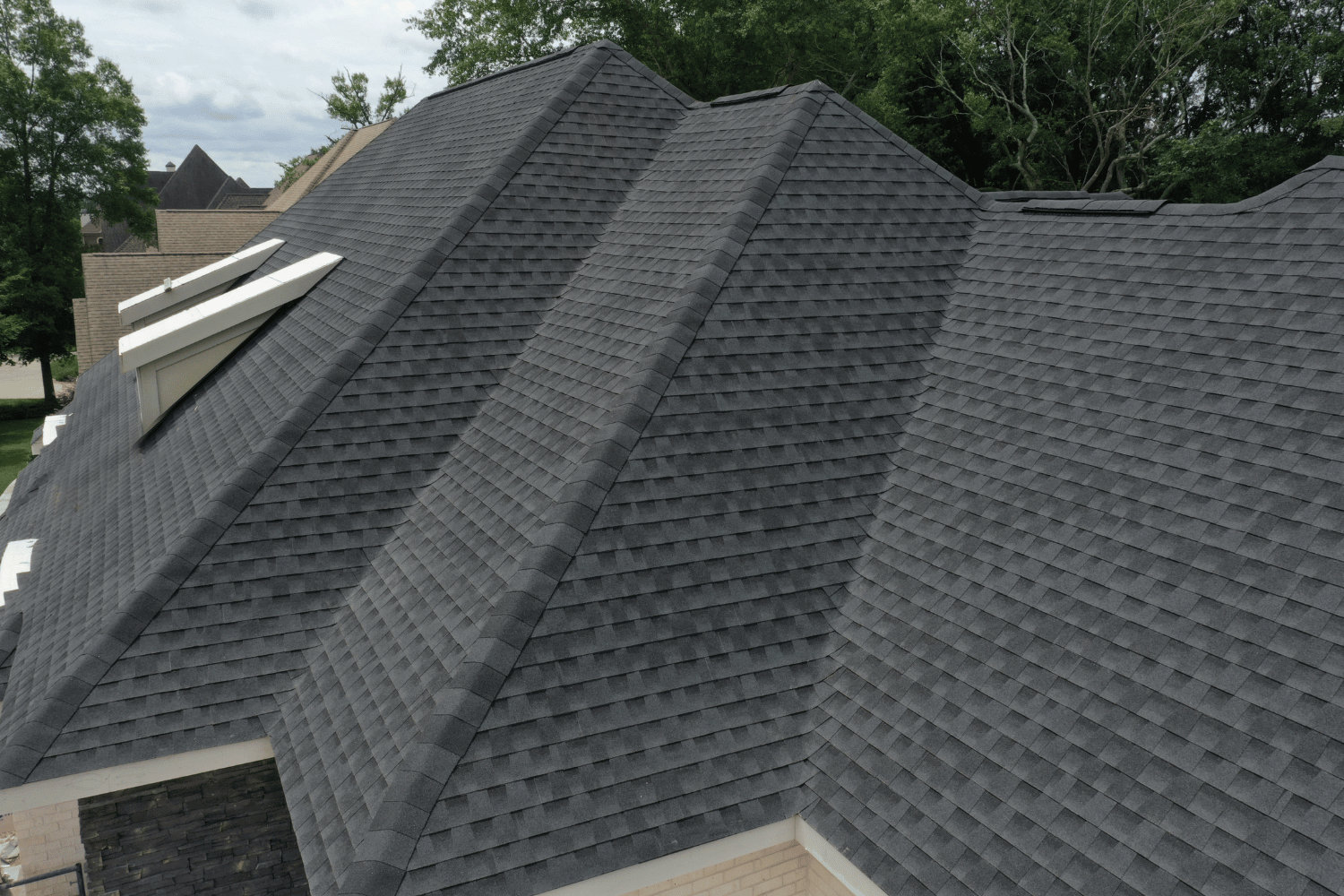
Before: The cost of asphalt shingles varies significantly depending on the type and size. Architectural shingles, for instance, can be 40% to 50% more expensive than traditional 3-tab shingles. The installation costs for architectural shingles typically range from $5.60 to $6.00 per square foot, resulting in a total cost of $19,200 to $20,600 for an average-sized roof.
After: The cost of asphalt shingles varies significantly depending on the type and size.
-
Architectural shingles can be 40% to 50% more expensive than traditional 3-tab shingles.
-
The installation costs for architectural shingles typically range from $5.60 to $6.00 per square foot.
-
This results in a total cost of $19,200 to $20,600 for an average-sized roof.
Different installation methods also impact costs. Racking, which allows for continuous horizontal work, can improve labor efficiency and reduce installation time. On the other hand, step shingling requires more back-and-forth movement, potentially increasing labor costs. The use of a nail gun can further speed up installation, provided the underlying roof sheathing is in good condition.
High-quality shingles may allow for fewer nails to be used when installed with a nail gun, enhancing installation speed and efficiency. Additionally, the cost of algae-resistant shingles, which can add 10 to 15 percent to the materials budget, should be considered for areas prone to algae growth. Recognizing these cost implications allows homeowners to budget effectively and select the best shingles for their needs.
Summary
Understanding the various aspects of asphalt shingles, from their sizes and types to the factors influencing their selection, is crucial for any roofing project. Standard dimensions and types like 3-tab and architectural shingles offer different benefits in terms of aesthetics, durability, and cost. The importance of shingle size cannot be overstated, as it directly impacts coverage, installation efficiency, and overall project costs.
By considering factors such as roof pitch, climate conditions, and local regulations, homeowners can make informed decisions that enhance the performance and longevity of their roofs. Proper installation, whether by removing old shingles or applying new ones, ensures a durable and aesthetically pleasing result. Armed with this comprehensive guide, you are now better equipped to choose the right asphalt shingles for your home, ensuring a roof that stands the test of time.
Frequently Asked Questions
What are the standard dimensions of asphalt shingles?
The standard dimensions of asphalt shingles are typically 12 by 36 inches, whereas architectural shingles generally measure around 14 by 39 inches.
What are the differences between 3-tab and architectural shingles?
The primary difference between 3-tab and architectural shingles lies in their design and durability; 3-tab shingles are flat and uniform, whereas architectural shingles feature multiple tabs with varied shapes, providing a more dimensional appearance and better durability.
How does shingle size impact roofing project costs?
Shingle size significantly impacts roofing project costs, as larger shingles cover more area, allowing for quicker installation and lower labor expenses. Consequently, this reduces the overall material requirements and total project costs.
What factors should be considered when choosing shingle size?
When choosing shingle size, it is essential to consider factors including roof pitch, climate conditions, roof deck condition, and local building regulations for optimal performance and compliance.
Can new asphalt shingles be installed over old shingles?
New asphalt shingles can indeed be installed over old shingles if the roof deck is in good condition. However, removal of the old shingles is necessary if there are already two or more layers present.

